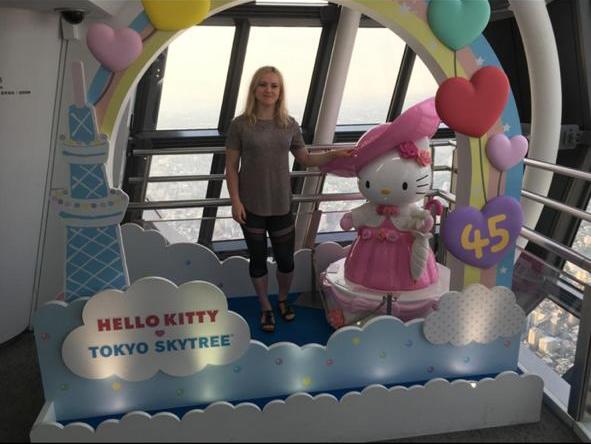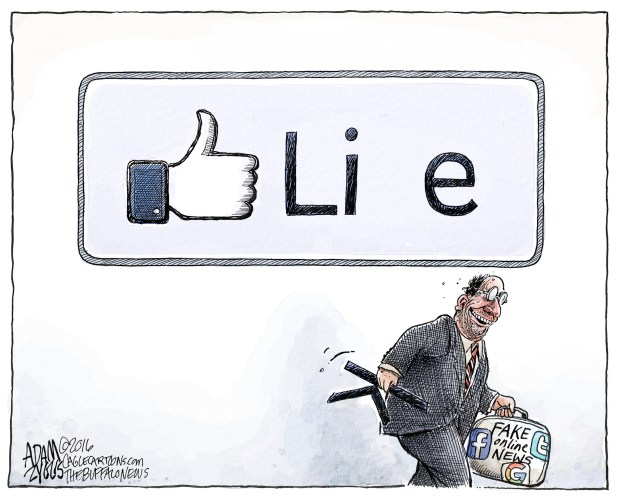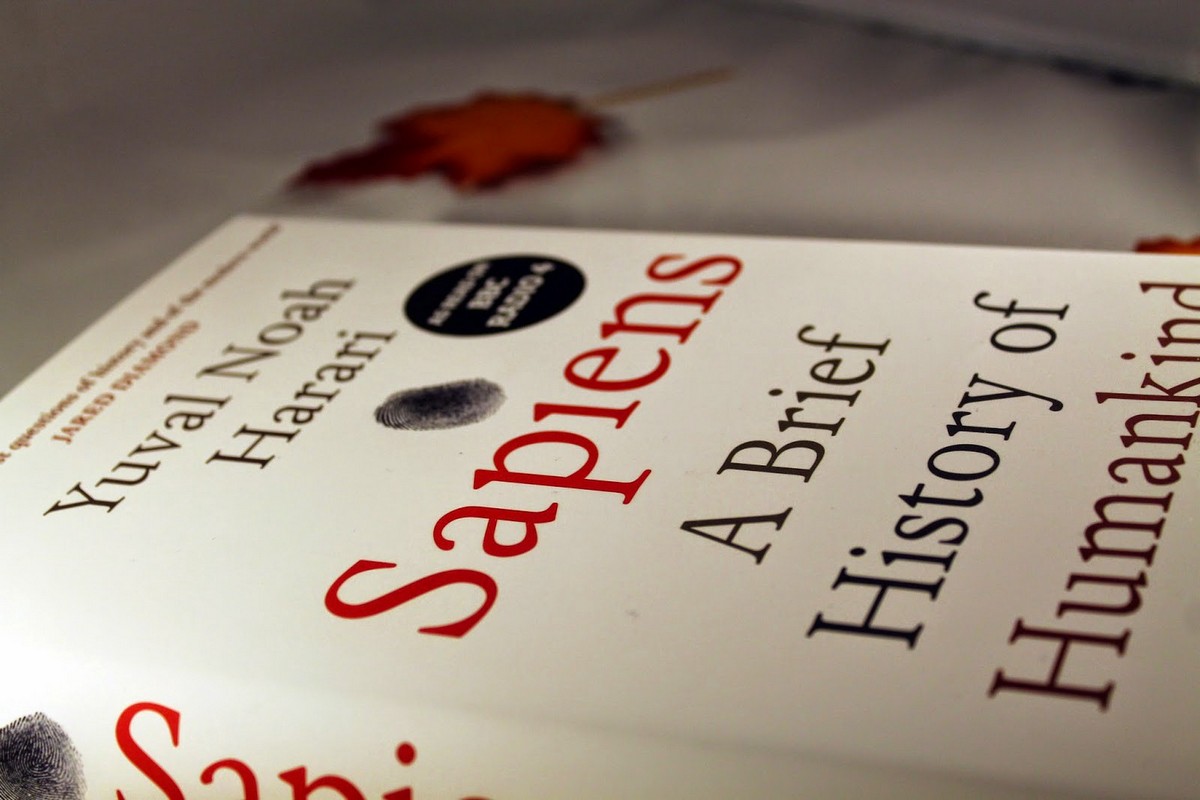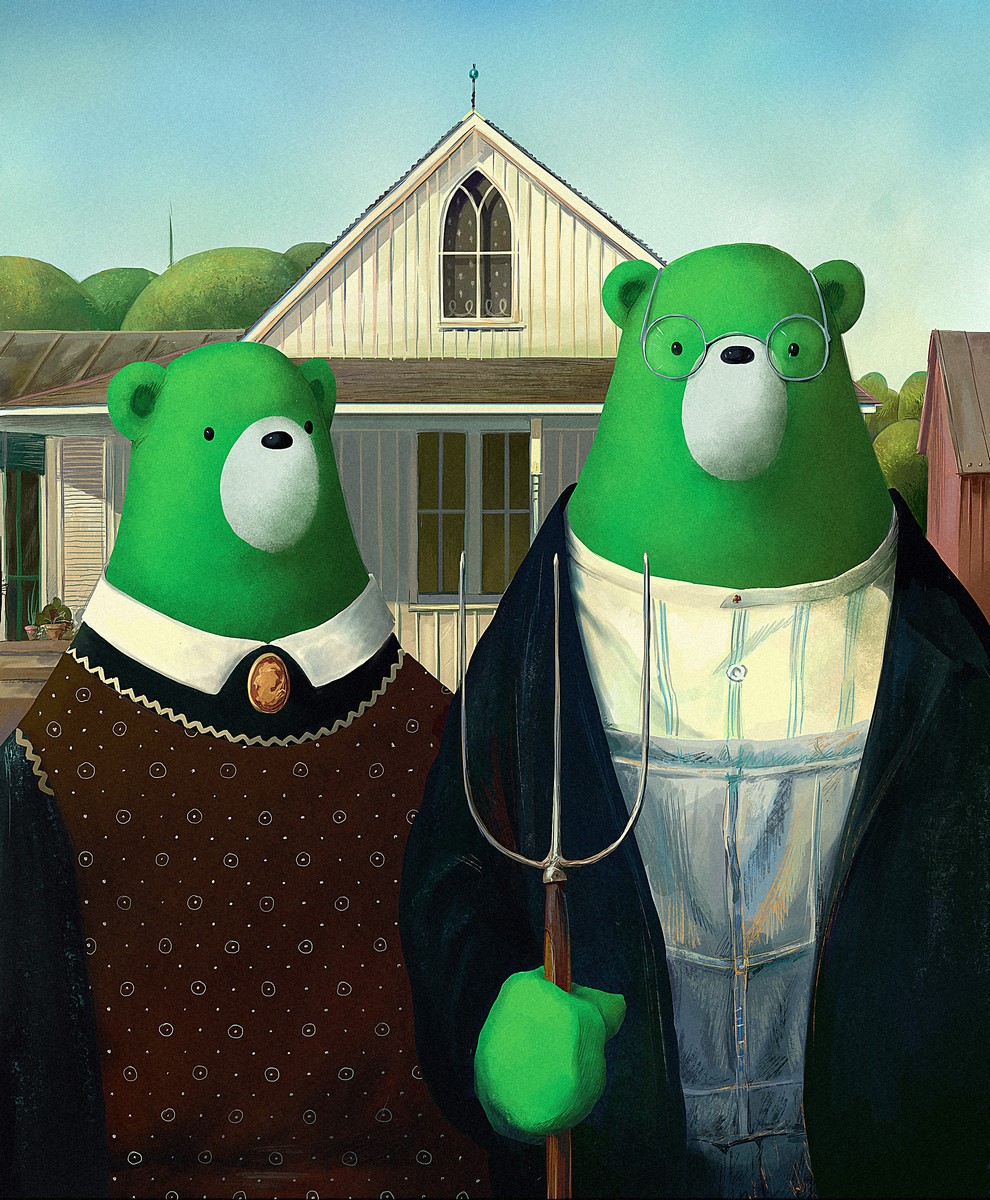June 13, 2019
Earth 2050: Visions of the future, today.
You may have already heard about the big change at the Kompany last week. However, big changes are nothing new to us! Ever since we began 22 years ago, it’s been non-stop change, change, change — and always for the better, naturally. Change has basically become our profession! Here’s why…
If we don’t understand the direction technology’s developing in, that hardly bodes well for the future. And I don’t mean because nobody will buy our products. Maybe there’ll be no one around to buy them in the first place!
Joke :)
I’m sure everything will work out just fine. Technology’s changing the world for the better. Sure, new possibilities bring new risks, but it’s always been that way.
But our job, accordingly, is to look into the future: to recognize risks, remove them, and prevent them from arising again. Otherwise, defenses will always be a step behind attacks, which is no defense at all. In the cybersecurity industry, you need to be able to anticipate what cybervermin have in mind and set traps in advance. Actually, this ability has always set us apart from our competitors. Remember NotPetya — one of the most infamous global epidemics of recent years? We caught it out proactively, without the need for any updates.
So crucial is this looking into the future, that we decided to launch a social media project based on it, called Earth 2050.
What is Earth 2050? It’s a totally open crowdsourcing (sorry for the trendy jargon) platform for looking into the future. By that I mean it’s a place where anyone at all — be they a minister or a street sweeper — can share their vision of the future, in writing or painting or graphics or whatever. Or, if you’re not into clairvoyance yourself, you can Like and comment on the predictions of folks who are. There’s something for everyone.
Looking into the future is important. Yes, we’ve got that. But why is all this openness so clearly important that it forms the basis of Earth 2050?
Well, the future’s difficult to predict. One person’s attempts have a good chance of turning out to be off the mark — and that’s understandable and natural. But predictions about the future by many people — even if they’re only partly accurate, and even if they’re a bit sketchy or contradictory — add up to a lot more accuracy. It’s a bit like the principle of machine learning. The more a machine learns, the better it’s able to do something — in this case, predict the future.
So far, nearly seven dozen visionaries have uploaded nearly 400 predictions to Earth 2050 — and some reeeaaal interestingly curious ones are in there, I have to say.















